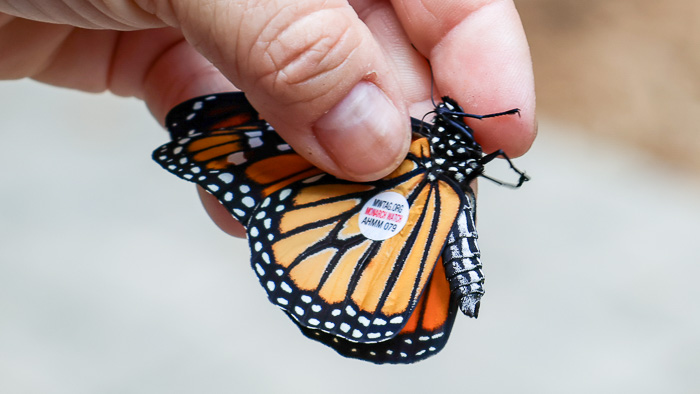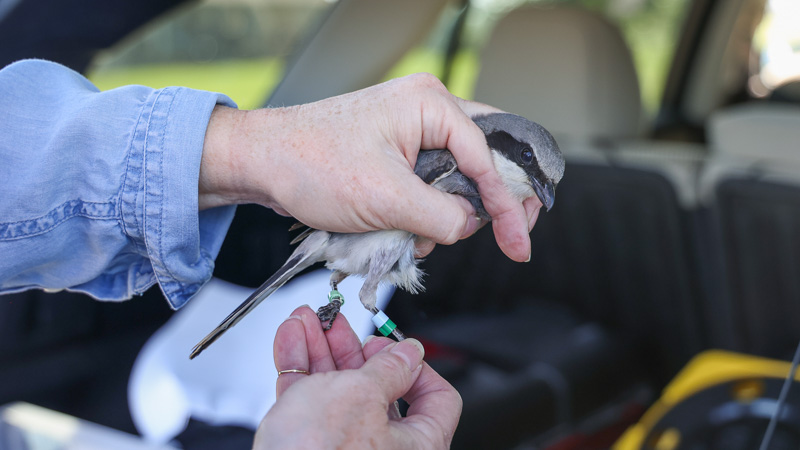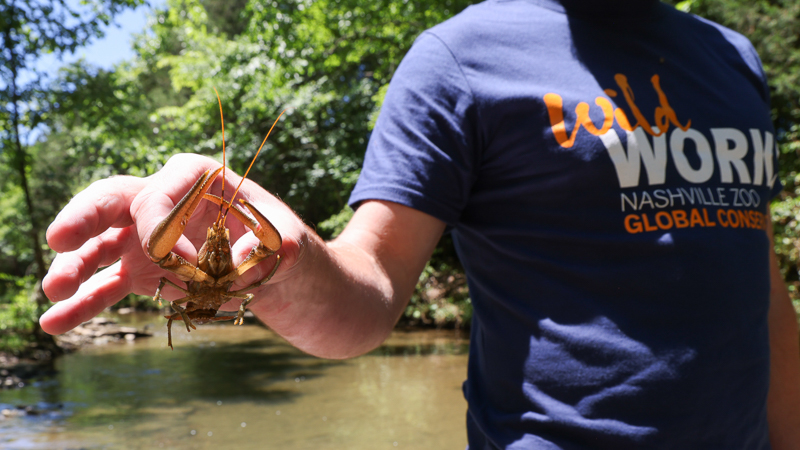As 2024 ends, we are excited to share our key moments at Nashville Zoo. Our continued commitment to global and local conservation is facilitated through research, habitat protection, breeding programs, education initiatives and more. Our work would not have been possible without the community's support!
This year, Nashville Zoo expects to invest $950,000 in support for conservation efforts, including direct contributions, in-house grant funding, research, education and sustainability initiatives. 2024 has seen many successes including the opening of our new parking garage, the announcement of historic animal births, continued work to save endangered species and supporting local wildlife.
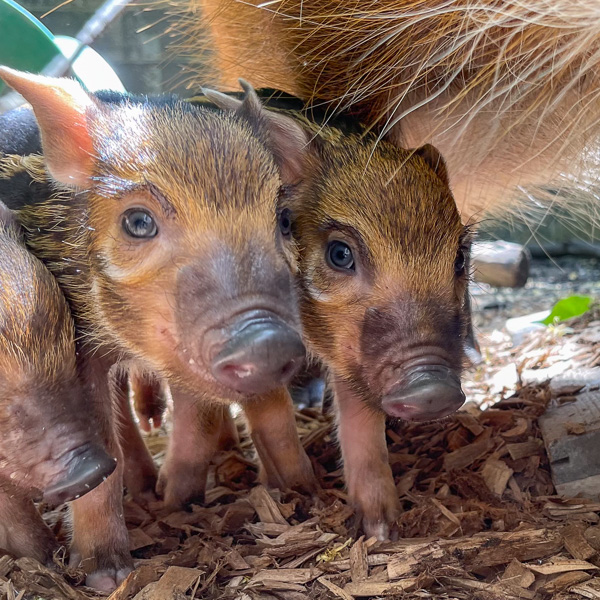
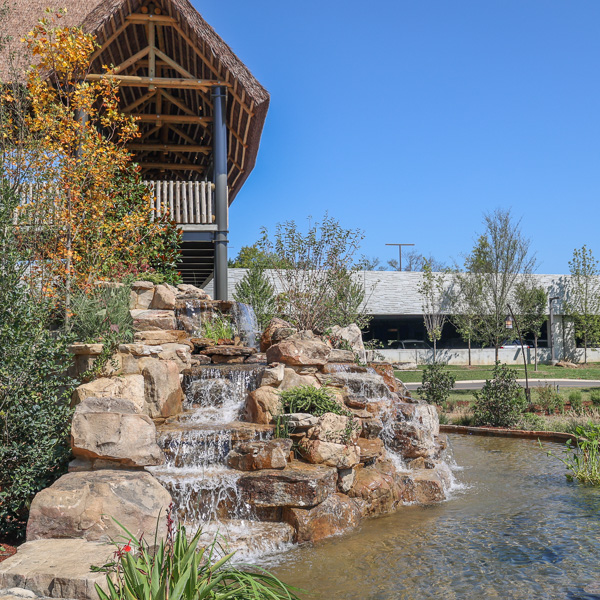
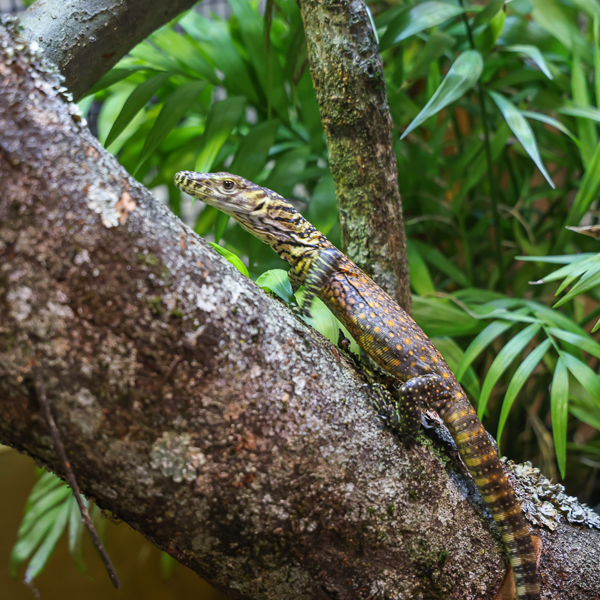
Ongoing Native Wildlife Efforts
Through collaboration, research and headstart programs, we work every day to save species in our own backyard.
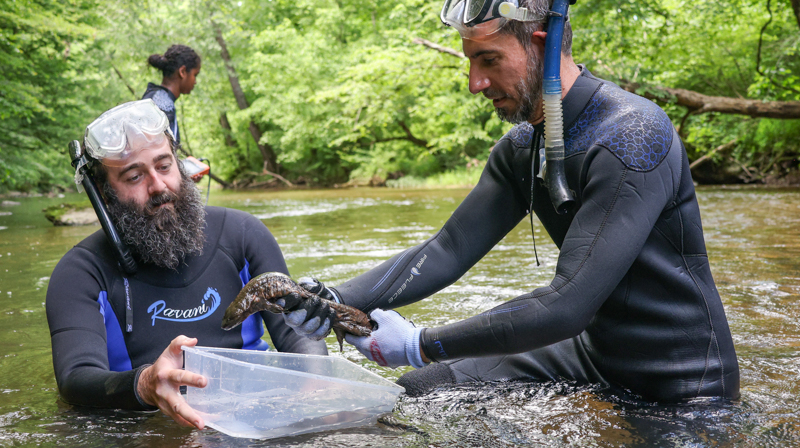
Eastern Hellbenders
In May, Nashville Zoo’s ectotherm team in partnership with Tennessee Wildlife Resources Agency and Tennessee State University, traveled to a waterway in Middle Tennessee to successfully release a total of 27 eastern hellbender salamanders back into the wild. These hellbenders had been raised since 2018 at the Zoo as part of a head-start program. Since the start of this conservation initiative, the Zoo has released over 100 hellbenders into local Tennessee streams to help bolster the population of this state-endangered species.
Monarch Butterflies
We continued to participate in the AZA SAFE North American Monarch program to help conserve the critically endangered monarch butterflies and tagged monarchs for Monarch Watch's migration study.
Loggerhead Shrike
The Zoo continues to collaborate closely with Southeastern Avian Research and the Loggerhead Shrike Working Group to identify research, conservation, and management priorities for these birds. In 2016, the Zoo received four captive shrikes from Wildlife Preservation Canada for a migratory urge study. Our Avian Department cares for these birds on the Zoo’s property and studies how they utilize their habitat throughout the seasons.
Nashville Crayfish
Our aquatics team continued to participate in conservation work in our Middle Tennessee neighborhood by monitoring the federally endangered Nashville crayfish populations.
Saving Endangered Species
We actively participate in 50+ Species Survival Plans® and have the honor of working with institutions around the world to help save species vulnerable to extinction.
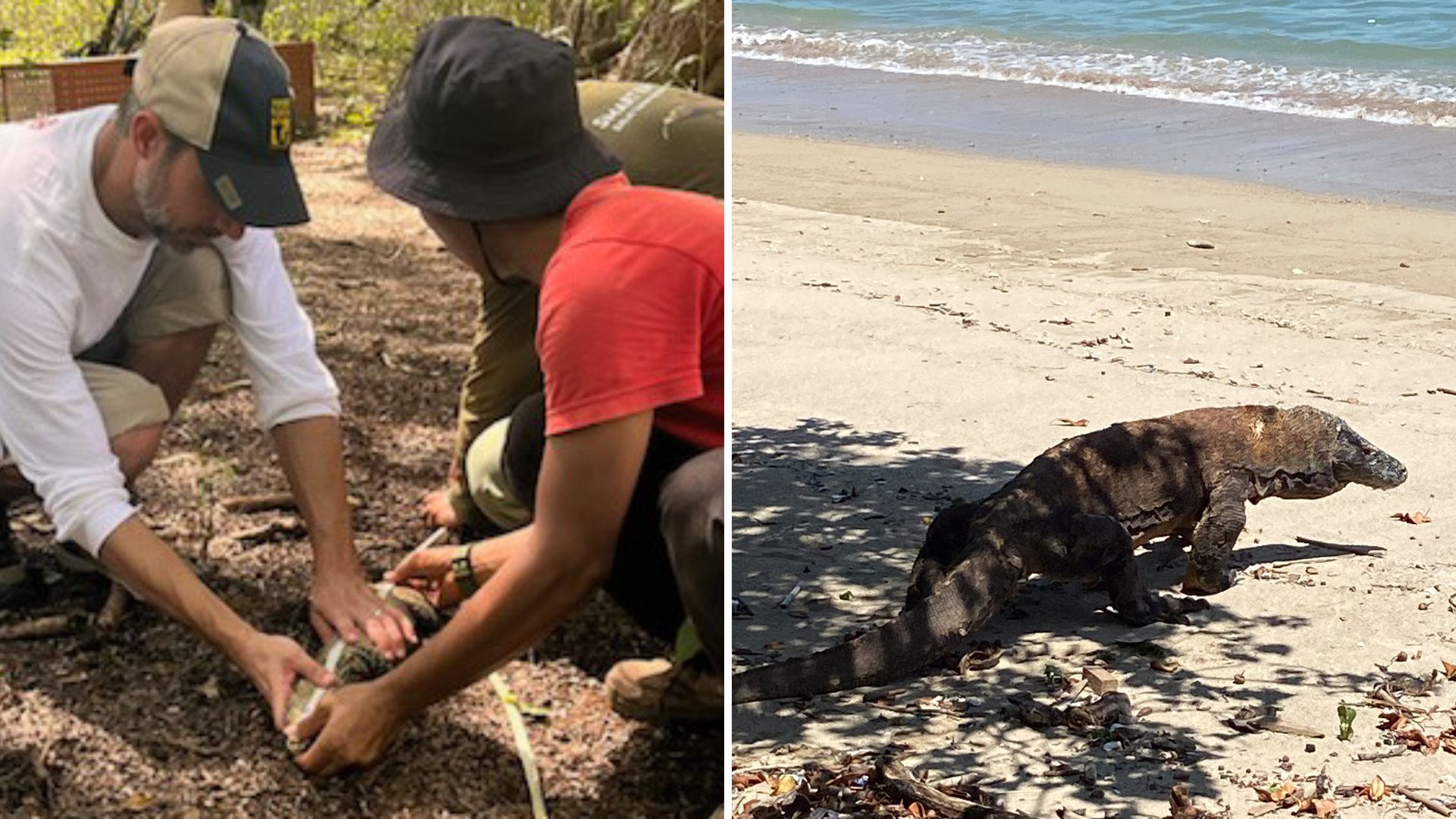
Komodo Dragons
In late February into early March of this year, our Assistant Curator of Ectotherm Nick Hanna traveled to Komodo National Park to help with hands-on Komodo dragon conservation work. Nick spent five days on Komodo Island, part of Komodo National Park in Indonesia, and worked hand in hand with the Komodo Survival Program (KSP) team. During his time, Nick assisted with Komodo dragon population monitoring by checking animal traps in selected study site areas around the island to collect and record data on certain animals. This data sheds light on this endangered species and helps the KSP team better understand how to successfully manage their existing population.
Additionally, this year, Nashville Zoo welcomed two Komodo dragon hatchlings. The new arrivals were born on September 20 and September 23 and weighed about the same as a stick of butter, coming in at ~100 grams. The hatchlings are healthy and are being raised behind the scenes in the Zoo’s Komodo Dragon facility.

Giraffe Conservation Efforts
Earlier this year, hoofstock keeper Jenna Wolczyk traveled to Kenya to work with local communities and wild giraffe populations. Jenna teamed up with Save Giraffes Now (SGN), an organization committed to saving giraffes through hands-on conservation projects throughout the African savannah including rescue and rewilding, anti-poaching, and coexistence with communities. During her two-week trip, Jenna spent the bulk of her time helping a local team of wildlife scouts study how giraffes are affected by fragmentation and highway crossings along the Mombasa Highway.
Toward the end of the year, Jenna and another hoofstock keeper, Brittany, went back to Botswana to help SGN complete a giraffe translocation firsthand and helped monitor these incredible animals as they settle into their new home at Mokolodi Nature Reserve.
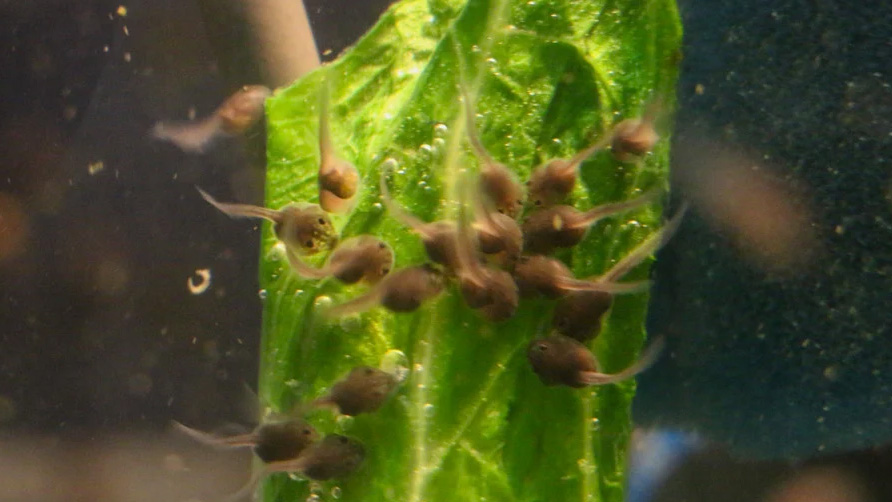
Puerto Rican Crested Toad
We’ve successfully shipped 1,200 Puerto Rican Crested Toad tadpoles to Puerto Rico to boost their population in the wild, while keeping 5 to help diversify the genetics of our breeding program here in Nashville. Since starting our breeding efforts in 2012, we’ve produced over 25,000 tadpoles for release! This initiative highlights the vital role zoos play in combining ex-situ conservation with in-situ impact.
Animal Births

Red River Hogs
We welcomed four red river hog piglets to the world this year! They were born on April 11 and are the first red river hogs to ever be born at the Zoo.
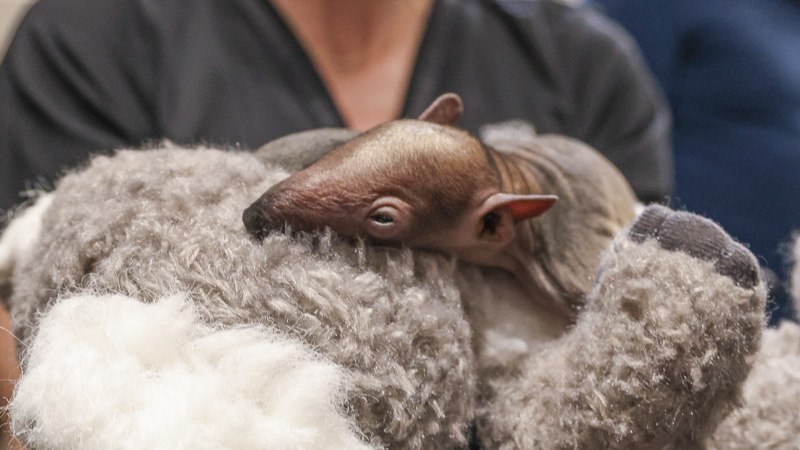
Tamandua
Our Southern tamandua, Alma, gave birth to a healthy male pup, named Santiago, earlier this year. Santiago grew up behind the scenes with mom and became an ambassador animal here at the Zoo participating in education programs and animal shows, helping guests learn more about this species. He will soon head to another Zoo to join their ambassador animal program.
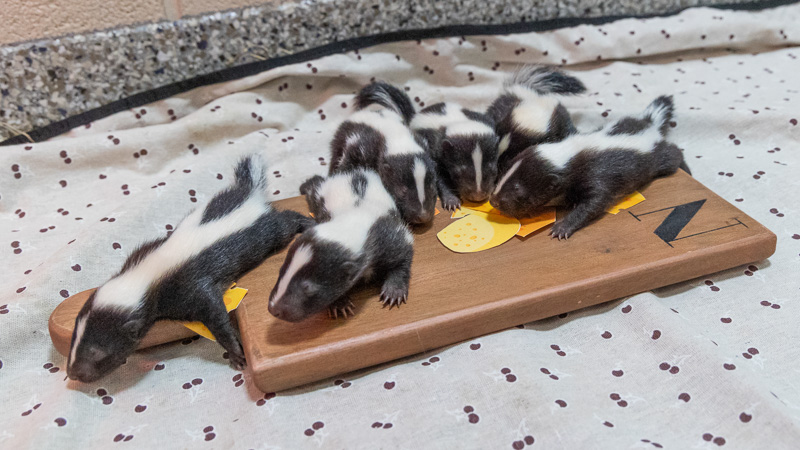
Skunks
We also celebrated the birth of six skunk kits: Cheddar, Feta, Havarti, Brie, Fontina, and Munster! Cheddar, Havarti, Brie and Munster left for other zoos. While Feta and Fontina remained here to continue to train as ambassador animals!
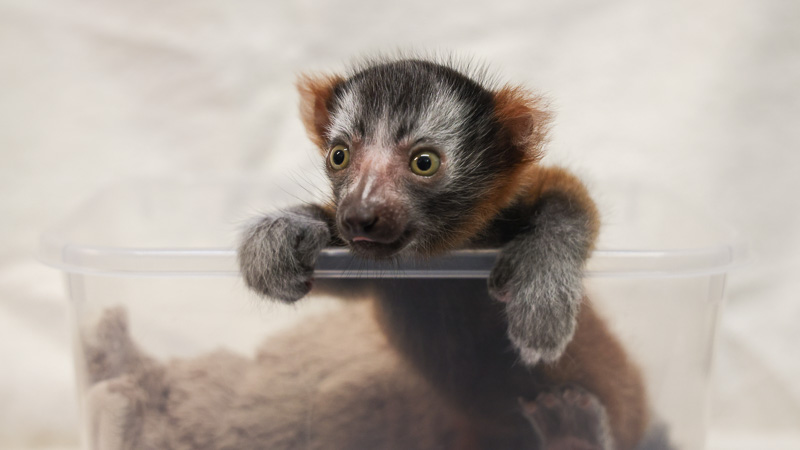
Red Ruffed Lemur
Lastly, we said hello to Helios, our new red ruffed lemur! He was born on March 27 and can now be seen in our red ruffed lemur habitat. Since red ruffed lemurs are critically endangered in the wild, each birth is crucial to the survival of the species. We are grateful to be able to help conserve this special species with Helios’ birth.
Property Enhancements
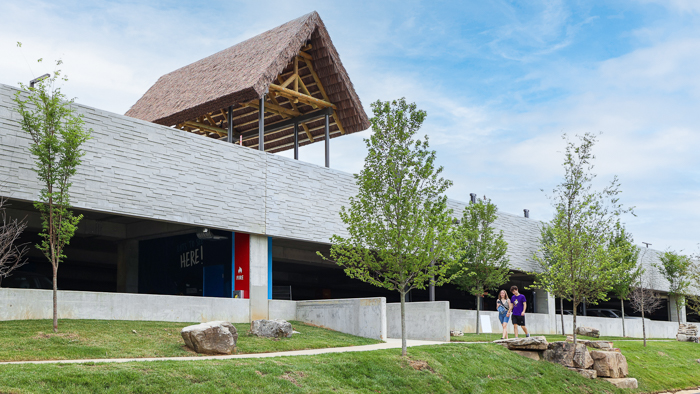
The Zoo’s all-new, unique parking garage adds more spaces, (and shaded parking) for more guests. The two-floor garage features covered parking on the lower level and open parking on the upper level, complete with beautiful murals. A landscaped walkway with a waterfall and ramp will bring guests directly from the garage to the Zoo’s Entry Village.
Roaring into 2025
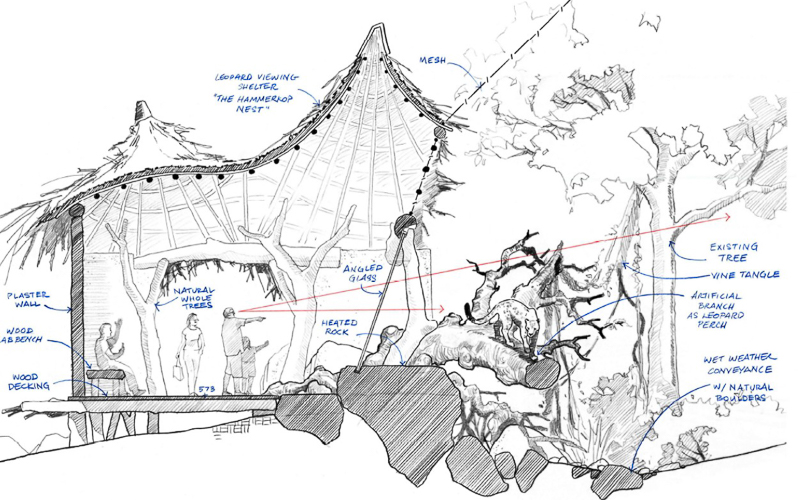
We are gearing up for a busy and exciting 2025! Expanding animal habitats and creating new adventures are important milestones at the Zoo. The all-new Leopard Forest is set to open in 2025 and will be home to Amur leopards, Colobus monkeys, De Brazza’s monkeys, Klipspringers, and Rock hyraxes. Leopard Forest will be along the path to the existing giraffe habitat and features four separate habitats listed above.



